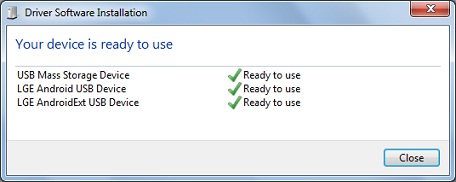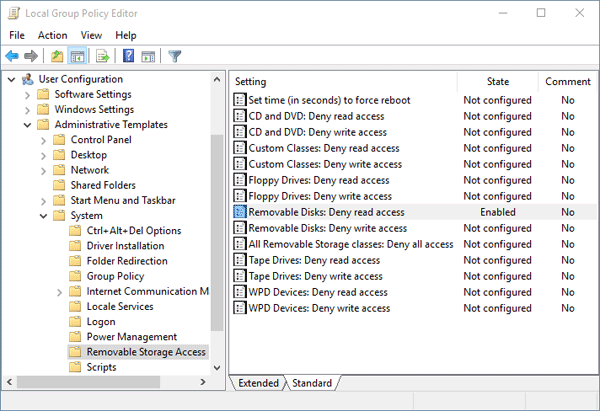

- USB MASS STORAGE DEVICE DRIVER WINDOWS 7 32 BIT SOFTWARE
- USB MASS STORAGE DEVICE DRIVER WINDOWS 7 32 BIT PC

Generally, the term floppy disk persisted, even though later style floppy disks have a rigid case around an internal floppy disk.īy the end of the 1980s, 5¼-inch disks had been superseded by 3½-inch disks. By 1988, the 3½-inch was outselling the 5¼-inch. A variant on the Sony design, introduced in 1982 by many manufacturers, was then rapidly adopted. The large market share of the well-established 5¼-inch format made it difficult for these diverse mutually-incompatible new formats to gain significant market share. They all had several advantages over the old format, including a rigid case with a sliding metal (or later, sometimes plastic) shutter over the head slot, which helped protect the delicate magnetic medium from dust and damage, and a sliding write protection tab, which was far more convenient than the adhesive tabs used with earlier disks. Several solutions were developed, with drives at 2-, 2½-, 3-, 3¼-, 3½- and 4-inches (and Sony's 90 mm × 94 mm (3.54 in × 3.70 in) disk) offered by various companies. Originally designed to be more practical than the 8-inch format, it was becoming considered too large as the quality of recording media grew, data could be stored in a smaller area. Throughout the early 1980s, limits of the 5¼-inch format became clear.

In 1988, IBM introduced a drive for 2.88 MB Double-Sided Extended-Density (DSED) diskettes in its top-of-the-line PS/2 models, but this was a commercial failure.
USB MASS STORAGE DEVICE DRIVER WINDOWS 7 32 BIT PC
These disk drives could be added to older PC models. IBM started using the 720 KB double density 3½-inch microfloppy disk on its Convertible laptop computer in 1986 and the 1.44 MB high-density version with the IBM Personal System/2 (PS/2) line in 1987. In 1984, IBM introduced with its PC-AT model the 1.2 MB dual-sided 5¼-inch floppy disk, but it never became very popular. The most common capacity of the 5¼-inch format in DOS-based PCs was 360 KB, for the Double-Sided Double-Density (DSDD) format using MFM encoding. The 5¼-inch format displaced the 8-inch one for most uses, and the hard-sectored disk format disappeared. There were competing floppy disk formats, with hard- and soft-sector versions and encoding schemes such as differential Manchester encoding (DM), modified frequency modulation (MFM), M 2FM and group coded recording (GCR). By 1978, there were more than ten manufacturers producing such FDDs. In 1976, Shugart Associates introduced the 5¼-inch FDD. The term "floppy disk" appeared in print as early as 1970, and although IBM announced its first media as the Type 1 Diskette in 1973, the industry continued to use the terms "floppy disk" or "floppy". These disks and associated drives were produced and improved upon by IBM and other companies such as Memorex, Shugart Associates, and Burroughs Corporation. The first commercial floppy disks, developed in the late 1960s, were 8 inches (203.2 mm) in diameter they became commercially available in 1971 as a component of IBM products and then were sold separately starting in 1972 by Memorex and others. While floppy disk drives still have some limited uses, especially with legacy industrial computer equipment, they have been superseded by data storage methods with much greater data storage capacity and data transfer speed, such as USB flash drives, memory cards, optical discs, and storage available through local computer networks and cloud storage.
USB MASS STORAGE DEVICE DRIVER WINDOWS 7 32 BIT SOFTWARE
Some individuals and organizations continue to use older equipment to read or transfer data from floppy disks.įloppy disks were so common in late 20th-century culture that many electronic and software programs continue to use save icons that look like floppy disks well into the 21st century. USB drives for 5¼-inch, 8-inch, and other-size floppy disks are rare to non-existent. 3½-inch floppy disks can still be used with an external USB floppy disk drive. Subsequently, the 5¼-inch and then the 3½-inch became a ubiquitous form of data storage and transfer into the first years of the 21st century. The first floppy disks, invented and made by IBM, had a disk diameter of 8 inches (203.2 mm). Floppy disks store digital data which can be read and written when the disk is inserted into a floppy disk drive ( FDD) connected to or inside a computer or other device. A 3½-inch floppy disk removed from its housingĪ floppy disk or floppy diskette (casually referred to as a floppy, or a diskette) is a type of disk storage composed of a thin and flexible disk of a magnetic storage medium in a square or nearly square plastic enclosure lined with a fabric that removes dust particles from the spinning disk.


 0 kommentar(er)
0 kommentar(er)
